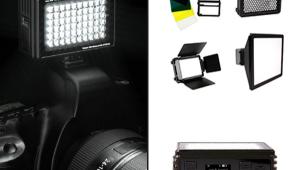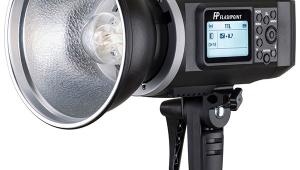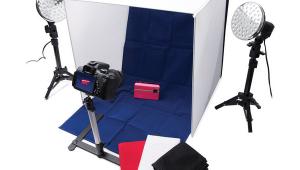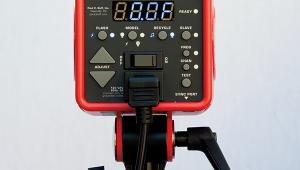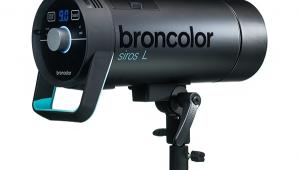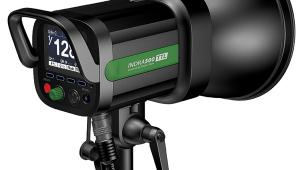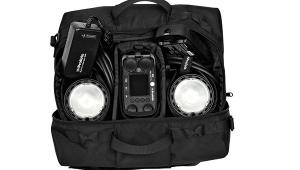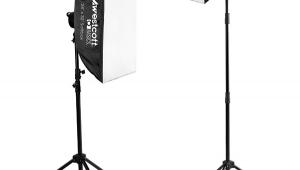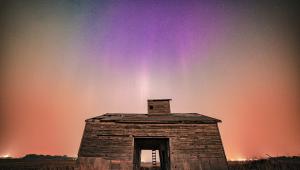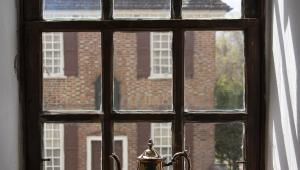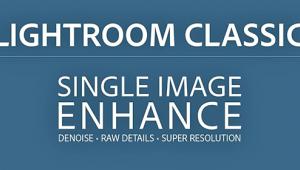Chimera Octa 2 Beauty Dish: The Beauty Dish Goes Portable
Photographers all have their favorite light modifiers. Some like umbrellas, some softboxes, others parabolics, and then there’s the beauty dish, which seems to be a combination of a softbox and a parabolic. For those not familiar with the beauty dish, it’s a round but narrow modifier that you attach to your light. Think of it as a parabolic reflector painted white inside and flattened. If you stopped there, and you could, you’d have a pretty harsh light that makes a well-defined circular pattern with distinct shadows. But there is another little modification that makes a very big difference and also softens the light considerably while still maintaining that circular pattern. There is a bulb cover or center bounce dish that blocks the direct light from the flash and bounces it back into the dish. When used this way, the light output sits midway between a softbox and a parabolic.
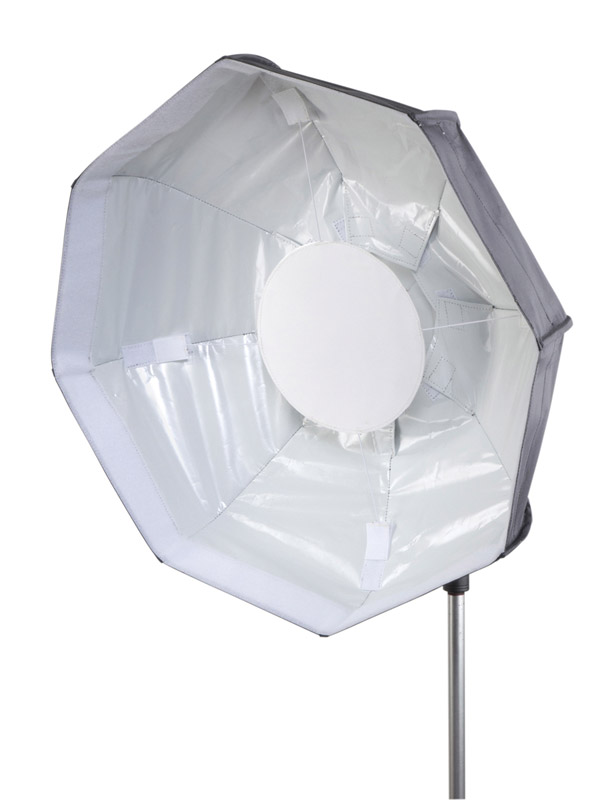
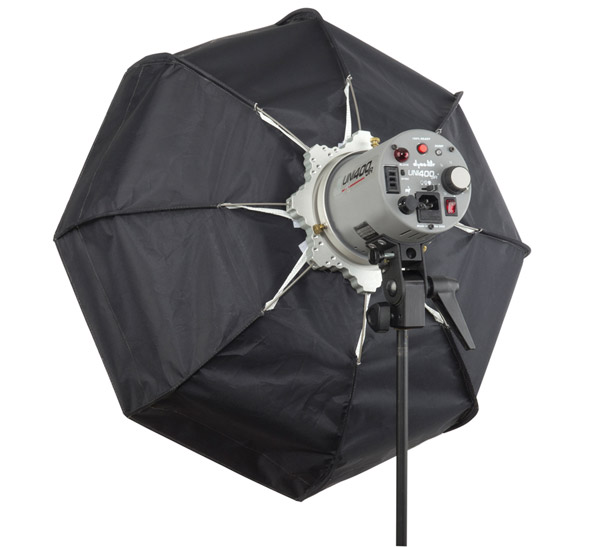
Photos courtesy of Chimera
There are numerous beauty dish makers and designs out there, but the one on test here is a bit different. The Chimera Octa 2 Beauty Dish does double duty as a beauty dish and an eight-sided light bank. And one more thing—it’s billed as the world’s first collapsible beauty dish! When I first saw it I was dying to try it out to see how Chimera designed a dish that you could fold up and throw in the supplied bag while still having a center bounce dish.
I asked Chimera to send me the Octa 2 with a Paul C. Buff speedring so I could shoot the test shots with my Einstein flash unit. It can also be configured to use with your on-camera flash unit. I unpacked everything, put the eight rods on the Octa 2 into the speedring and then mounted it to my flash. At that point I had a nice 24” Octabox; all I had to do was add the supplied front diffusion screen and I’d have another small softbox.
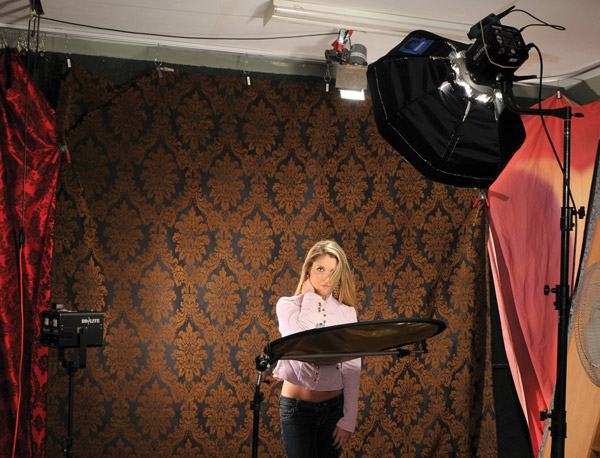
© Steve Bedell
The main attraction here, for me, is the beauty dish, and Chimera has come up with an elegant yet very simple solution to that center bounce dish. What they’ve done is supplied a circular disc with four cords with touch-fastener tabs on the ends that attach to the touch fasteners inside the Octa 2. Ingenious! And unlike some softboxes with rods that require excessive effort to put together or never seem to line up right, it was a snap putting this together and the little touch-fastener pull tabs around the rods make sure everything stays aligned. I have some softboxes I rarely take apart because they’re such a pain to assemble, but this is not the case with the Octa 2. I’d have no hesitation about throwing it in the supplied pouch and bringing it to a shoot.
The inside of the Octa 2 is a highly reflective white surface that almost seems like vinyl but is in fact laminated polyester. Many permanent beauty dishes also offer a grid option for even more precision with the light shaping; it would be interesting to see if that’s possible with this one.
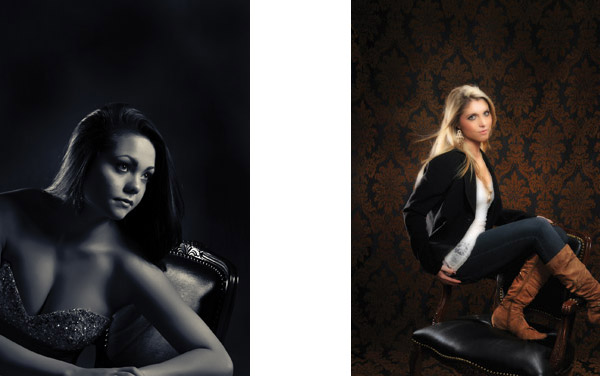
Photos © Steve Bedell
In The Studio
Most of my testing was done in the beauty dish configuration, since that is what attracted me to the product in the first place. I also used it solely as a main light. You can use it as any type of light that you’d like but the classic use of a beauty dish is to mount it so it’s aimed directly at your subject from a higher angle. I really loved the quality of light it gave me when used this way, giving me beautifully defined cheekbones, a “butterfly” light pattern under the nose, and luminous skin. But like anything, a light is a light, so use it any way you see fit.
Since it’s collapsible, I also felt I should take it outside, so I did some shots near dusk one day, bringing my light and battery pack outside. I used the diffusion front panel with the bounce dish still inside as a small softbox. With the power, weight, and versatility of contemporary flash units and modifiers, it’s not that much harder now to shoot with your favorite lights on location than it is in your studio.

© Steve Bedell
The Octa 2 costs around $240 at retailers, plus speedring adapter ($100 at retailers). For more information, contact Chimera at: http://chimeralighting.com.


